Kilroy was here
Soldiers, sailors and members of the air corps often used the catchphrase, “Kilroy was here,” accompanied by a doodle to commemorate a place they visited or a battle fought during World War II. This reminder of wartime exploits became a popular cultural symbol of the American GI.
One place Kilroy was not was the United States World War II Memorial in Washington, DC. Most vets who fought in World War II were simply too old or without the financial means to independently visit “their” Memorial by the time it was completed in 2004. An innovative program called Honor Flight changed everything. I was fortunate to see the program in action on a crisp autumn day in 2014.
Honor Flight, a national non-profit with regional hubs, was founded in 2005. One of the founders was a physician’s assistant and former Air Force captain, Earl Morse, who worked at a VA (Veterans Administration) clinic in Ohio. He regularly treated veterans who shared their excitement about the World War II Memorial. The vets wanted to go and see the Memorial on the National Mall. But as much as they talked, very few ended up making the journey. Morse wanted to give the vets an opportunity to see the Memorial before they died. So he and small business owner Jeff Miller created Honor Flight.
Today the program has regional hubs throughout the continental United States, making the dream of thousands of vets a reality. World War II veterans (because of their advanced age) and terminally-ill veterans are given priority. The vets fly to DC on either commercial or chartered flights, each accompanied by a “guardian” (personal escort). The guardian is responsible for the meals and well-being of the vet. Medical personnel are also on hand if needed. The vets spend the day in DC, visiting memorials, attending a ceremony at the Tomb of the Unknown Solider and exchanging stories with other veterans. They fly home in the evening, greeted by their families and often a military band. It is the experience of a lifetime.

The World War II Memorial opened in 2004. Most vets are too old to make independent visits to Washington, DC.
On the day I traveled to World War II Memorial to meet my father and his group from Florida, there were Honor Flight groups from several states including Kentucky, Nevada and New York. I marveled at the multi-generational meaning of the experience. The older vets loved telling their stories and were sometime brought to tears when young tourists spontaneously approached them and thanked them for their service.
My father, who served in the Pacific, shared stories I had never heard about liberating U.S. and British prisoners of war in Guam. Other vets told stories of their service in the great Atlantic campaigns of the war. One recounted his landing on Omaha Beach and participation in the Battle of the Bulge where he was captured by the Germans and put in a labor camp for the duration of the war. He cried as he showed a picture of himself and his buddy as soldiers, recounting that he weighed only 80 pounds when the camp was liberated in the spring of 1945.

He cried when he told his story of the Battle of the Bulge and capture but was pleased to share his story with young people.
The excellent work of Honor Flight certainly enriches the lives of the veterans. But it is also a precious and fleeting opportunity to experience living history. Students and teachers from one New York City pubic school saw in Honor Flight an opportunity for creative interdisciplinary learning that not only addressed New York content standards but also Common Core literacy standards. The class compiled questions to ask veterans, which a student teacher relayed to vets at the Memorial. The teacher discussed the answers with the students, integrating the responses of the veterans into a lesson that addressed themes relevant both to historical knowledge acquisition and current events. The students were thrilled that their individual questions were answered personally by living veterans.
While it is not possible for all students and teachers around the country to travel to Washington, DC, there are possibilities to meet and talk to veterans through regional hubs of the Honor Flight Network. World War II veterans in their 80s and 90s are excited to share their experiences. Students and teachers are searching for “authentic” learning opportunities. Connecting the generations while Kilroy is still here is an opportunity to be embraced both by the remaining veterans and K-12 educators and students.
If you liked this blog, you may enjoy D-Day Design Innovation”Won the War for Us”
RESOURCES: D-Day lesson plan, World War II vets answer student questions (Thanks to Ms. Levitt and the 10th graders of the Frederick Douglass Academy, New York, NY)

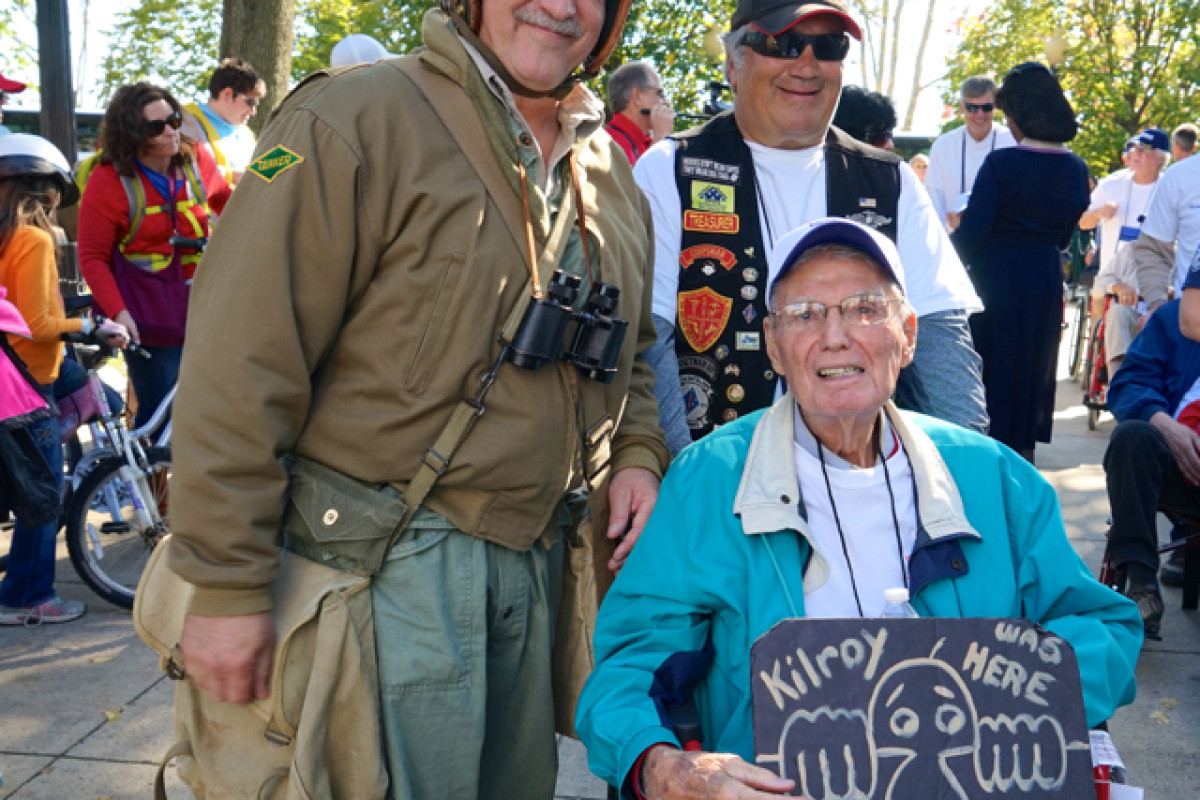


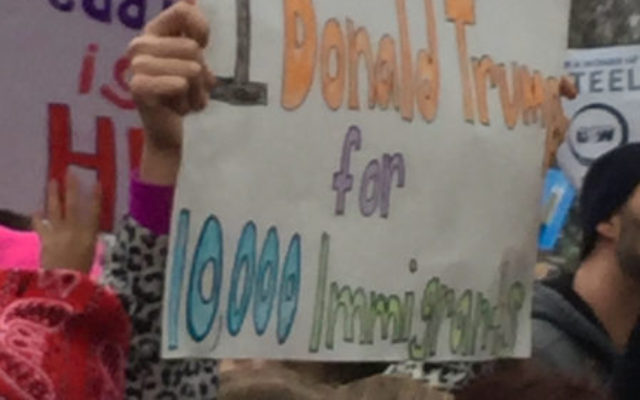
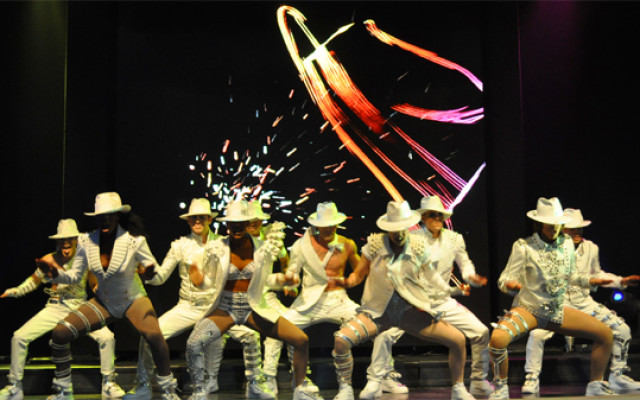
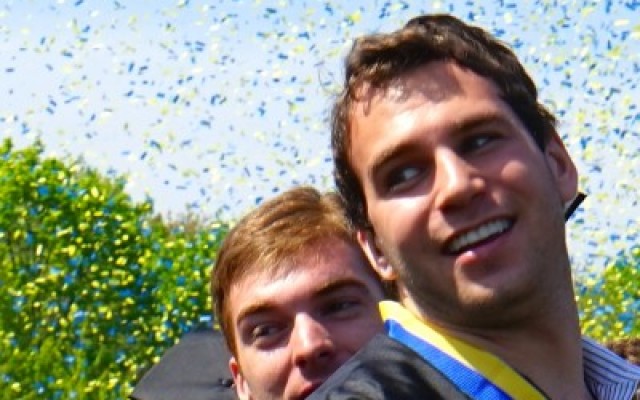
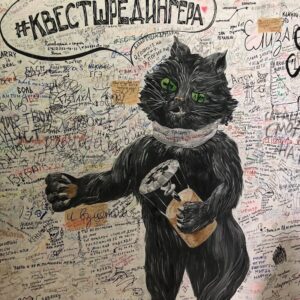

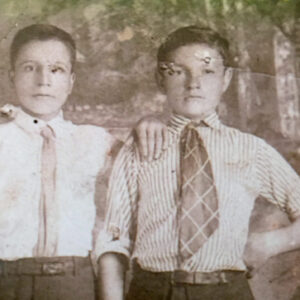
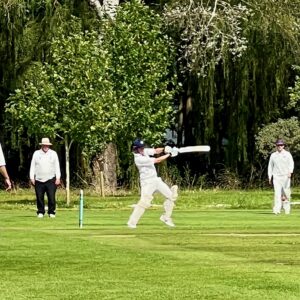
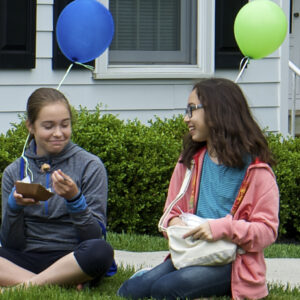
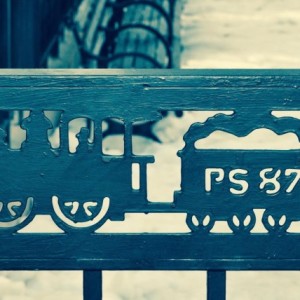
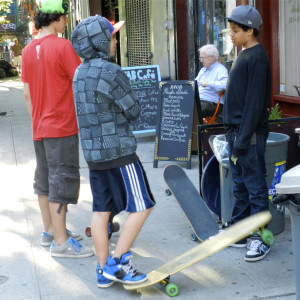
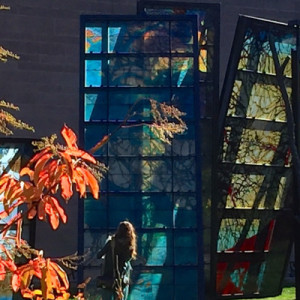
No Comments Yet!
You can be first to comment this post!